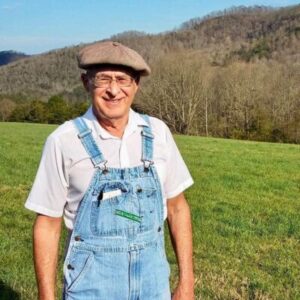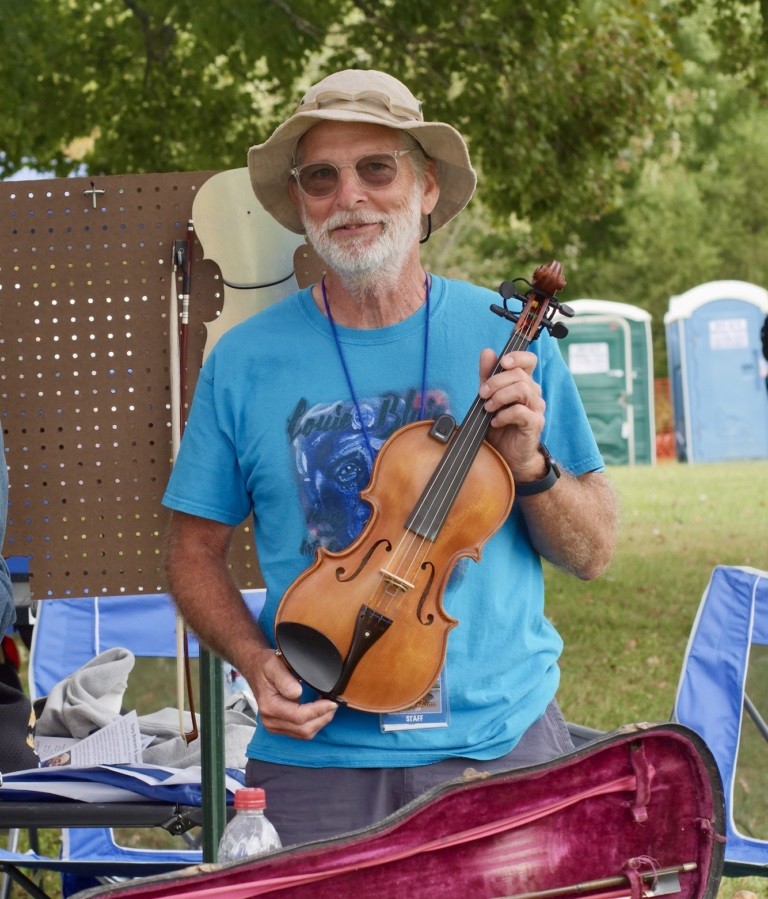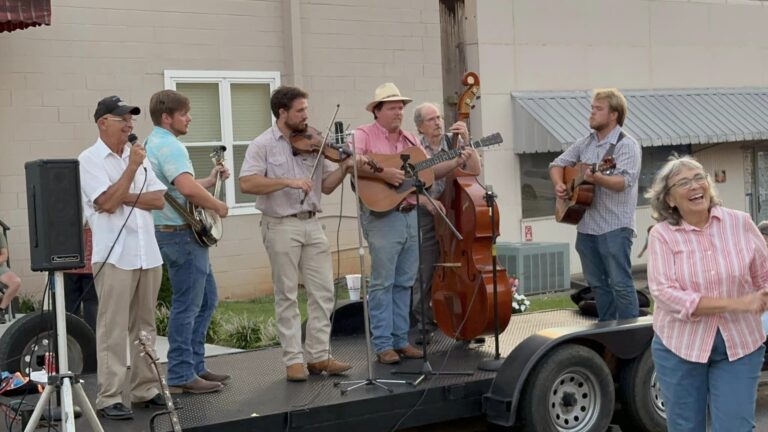The Tennessee Arts Commission Folklife Program has awarded funding to 12 projects as part of the 2024 Traditional Arts Apprenticeship Program. Entering its eighth year, the program is designed to sustain Tennessee’s diverse folklife practices by investing in the passing of traditional art forms from master artists to the next generation.
What a great idea.
Click on the link above to see all 12 projects. Today we’re looking at one with local ties – the art of square dance calling. In each project, the master artist selects his or her apprentice. They work together for eight months and results are shared in public performances and demonstrations. All projects are documented by the Tennessee Arts Commission Folklife Program.
There is no guarantee that something that’s “always been around” will be here tomorrow or in 50 years. Tennessee has developed unique cultural traditions in part because “we don’t get out much.” Mountain people tend to stay in the mountains.
Meet Leo Collins and Tony Branam
Leo Collins, of Heiskell, has been calling square dances in East Tennessee for over a decade. He picked up calling like many callers do: he was a regular at local community dances beginning in the 1950s and learned from being exposed week after week.

Leo Collins
When one night an out-of-town caller asked to stop and rest his voice, Leo volunteered, and his calling career was born. Leo recalls, “Years later, when I interviewed all the living East Tennessee square dance callers I could locate, I learned they had learned the same way; they were regular dancers at their weekly community dance, and one night the caller did not show up, so they called that night and started their ‘careers.’”
By the time Leo started calling, many of the traditional, regionally-specific square dance figures he had grown up around were no longer used in East Tennessee. In addition to being an avid buck dancer, Leo is now a mainstay in the East Tennessee square dance scene, calling weekly dances at the Laurel Theater in Knoxville and also at the Gatlinburg American Legion. He explains, “The simple act of square dancing builds community by allowing individuals to connect with each other at a level uncommon in modern life.”
Fiddler Tony Branam, of Jacksboro, is no stranger to the old-time music scene. Though he has played for dances and is immersed in his community’s old-time jams, he has never called a square dance. He is excited to work with master artist Leo Collins because “he is knowledgeable in local and regional dance styles and has a wealth of experience in calling dances. He also has experience in teaching dance as well as teaching callers.”

Tony Branam
The two will go through the literature on the history of dancing in the region. Leo will also share the unpublished interviews of local callers in East Tennessee calling from 1950 to the early 1980s that he compiled in 2012.
Leo will start by teaching Tony the basic six figures, including making an arch, promenade, right hands across, cowboy loop, birdy in the cage and take a little peak. From there they will delve into 15 additional figures, so Tony can call an entire dance.
Tony is hopeful for the future, “Square dance was much more popular in the past and, as callers have passed on, the art form’s availability has diminished. I would like to see the art form continue to be preserved as an option for community participation events.”
The website of the Tennessee Arts Commission Folklife Program did not credit profile writers or photographers. Both profiles came from the website.

